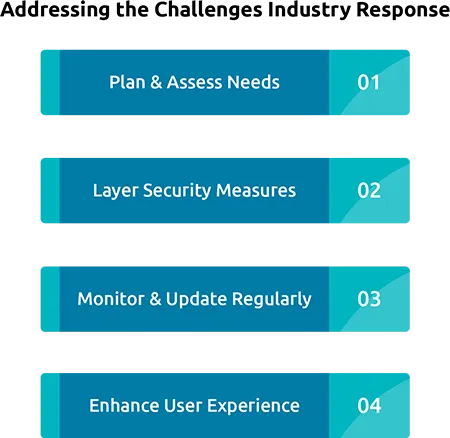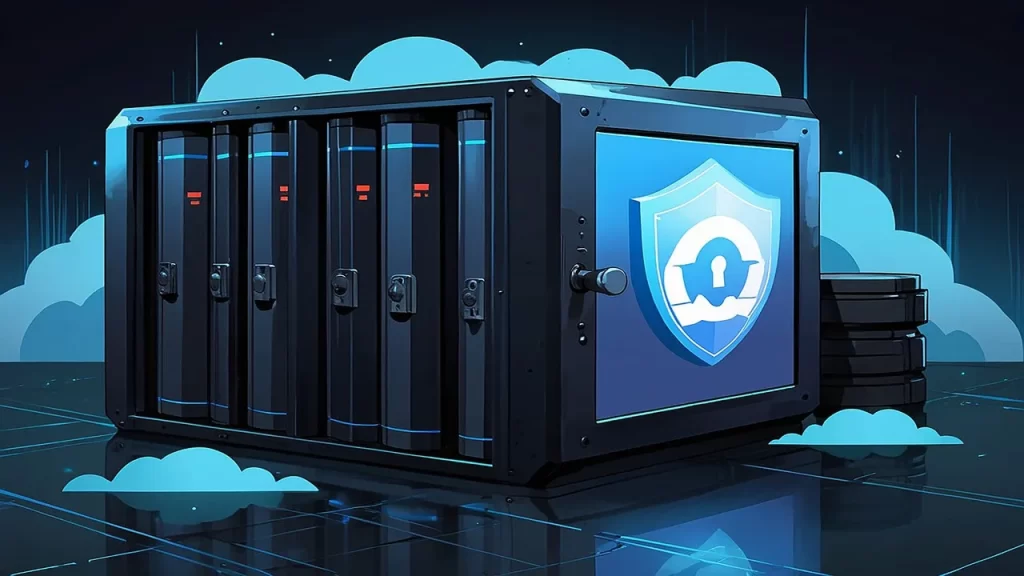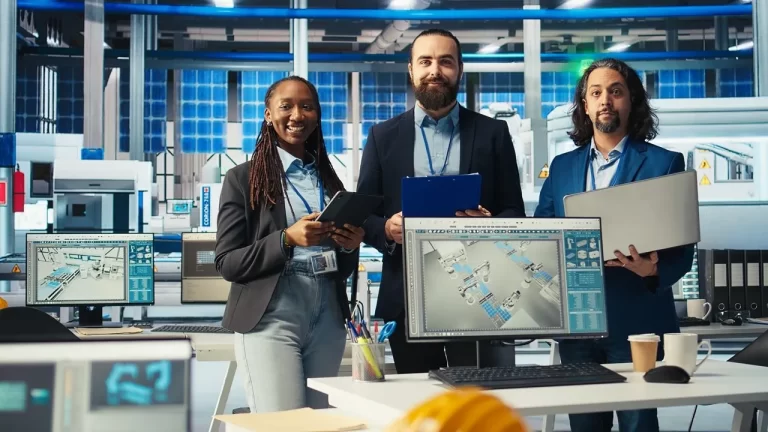Modern technology prioritizes data safety. Cloud computing data centers that serve businesses require handling their sensitive data, and cyber threats continue to develop new strategies. Organizations experience life-threatening damages because of breaches, ransomware attacks, and unauthorized access.
Users need to verify their identity through various qualifications by implementing Multi-Factor Authentication which provides strong security for data centers. Organizations that accept MFA reduce their data center and cloud computing security weaknesses to unauthorized access.
Why Multi-Factor Authentication Matters for Data Centers
Cyberattacks are becoming more difficult, Frequently targeting public cloud data centers & on-site systems. Hackers use three main methods for unauthorized access to data, including phishing attacks that pretend to be email senders for login data disclosure and credential stuffing that uses stolen passwords from other services followed by brute force system attacks that attempt numerous password combinations to break in. The security measure of MFA stands as an important tool to protect systems since it increases login difficulty & defends against unauthorized access.
Many industries sectors must follow strict security rules that demand powerful authentication methods to protect valuable information. Some rules such as GDPR, HIPAA, ISO 27001, & NIST Guidelines. Organizations benefit from MFA to address these regulatory requirements & prevent financial fines.
As cloud networking & remote work become more common, employees frequently access important systems from different locations. Multi-factor authentication is important for securing these connections, Especially in cloud computing data centers where businesses store data & applications, in hybrid cloud environments that mix private and public cloud data centers , & for employees accessing virtual machines remotely. MFA provides organizations with added security layers to authenticate users before login which protects remote access authorization against unauthorized entry.

Types of Multi-Factor Authentication Methods
The deployment of Multi-Factor Authentication requires organizations to choose appropriate authentication factors for successful implementation. Organizations must choose authentication factors which belong to three major types.
The authentication factors under this category consist of passwords together with PINs and security-based question responses. Users authorize access through Possession-Based Authentication by receiving one-time passcodes via SMS or email or authentication apps and using security tokens & smart cards along with mobile authenticator apps that include Google Authenticator and Microsoft Authenticator. The authentication method with biometric characteristics evaluates one-of-a-kind human physical attributes through fingerprint recognition combined with facial recognition & retina & iris scanning. Organizations achieve security enhancement through the combination of different authentication methods which maintains simple user access procedures.
Best Practices for Implementing MFA in Data Centers
The implementation of Multi-Factor Authentication (MFA) requires organizations to follow the below best practices when deploying the system:
Organizations should perform Role-Based Authentication since different users require diverse access to information systems. The use of role-based authentication allows organizations to permit general employees to only necessary work-related data simultaneously requiring administrators to use additional MFA authentication methods for accessing sensitive resources. MFA becomes compulsory for accessing high-risk domains such as cloud data centers in cloud computing environments as well as during sensitive applications and database logins and untrusted location remote access.
Adaptive MFA should be implemented because modern security trends require adaptive authentication that adjusts authentication requirements through behavioral factors such as multiple logins from distinct locations and system device security conditions including new devices as well as risky periods. Security administrators need to review authentication logs continuously because this practice helps find unauthorized login attempts as well as brute force attacks while developing real-time security policies.
Employees need training about MFA best practices which includes how to identify phishing attempts together with proper security standards for authentication apps and proper login behaviors. This instructional program leads to improved overall security for the whole organization.

Challenges in Implementing MFA and How to Overcome Them
The implementation of MFA involves Challenges, but there are practical ways to overcome them. user resistance is One common issue, as some employees may be hesitant to accept an MFA because of the extra steps involved in the login procedure. To address this, organizations can give convenient options like fingerprint or facial recognition to make the process quicker & easier. MFA can present difficulties in systems that have older versions that do not support the security measures. In such cases, organizations can use third-party security tools that integrate with current systems or make data center infrastructure updates. concerns about downtime during MFA implementation can disrupt operations. To reduce this effect, organizations can Implement MFA in phases & give training in advance to prepare employees for the changes. managing lost authentication devices is another challenge, as users may misplace their phones or security tokens. To mitigate this, organizations should establish backup authentication methods, such as email-based verification, ensuring users can still access their accounts if they lose their primary authentication device.
Final Thoughts: Strengthening Your Data Center Security with MFA
Since cyber threats are constantly developing and getting more advanced, organizations should prefer safety measures to protect their data center architecture in a cloud computing environment. Applying MFA is an important step to minimize unauthorized access & protect sensitive data. By following the best practices, addressing general challenges, & being informed about the latest data center security trends, businesses can create a safe and flexible network. Whether a public cloud data center or managing a hybrid environment, MFA acts as an important security layer that should never be ignored.








